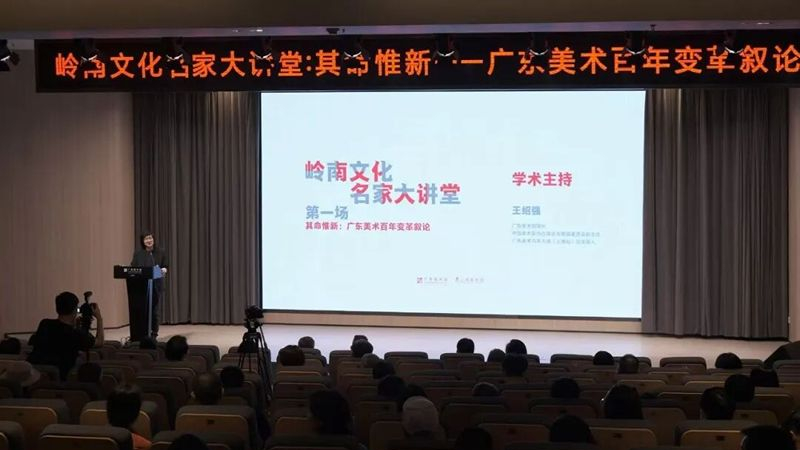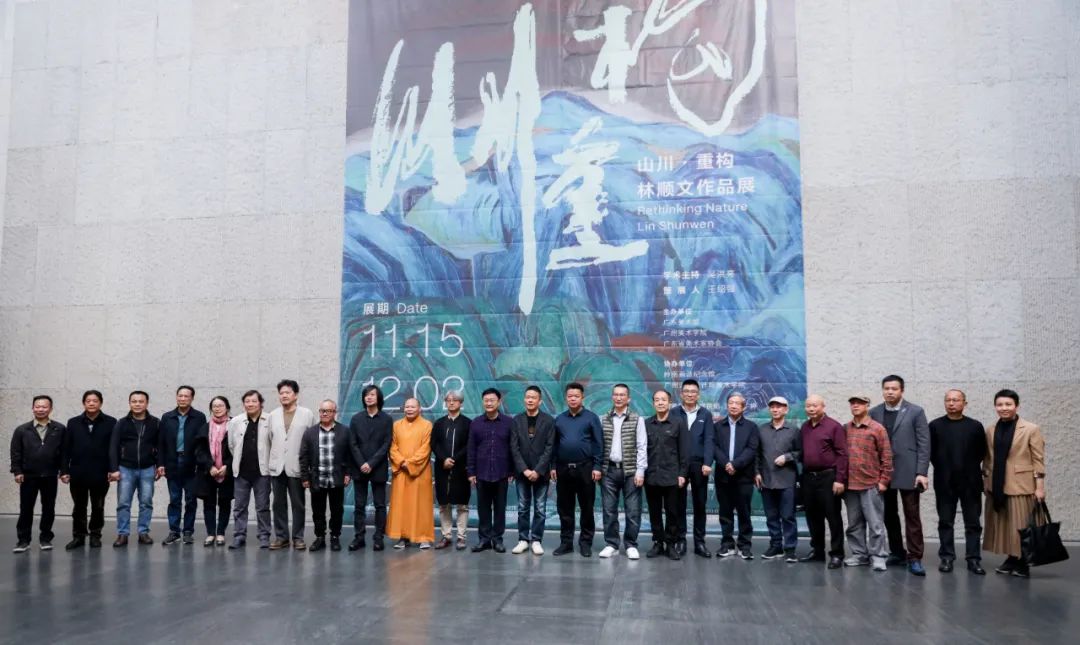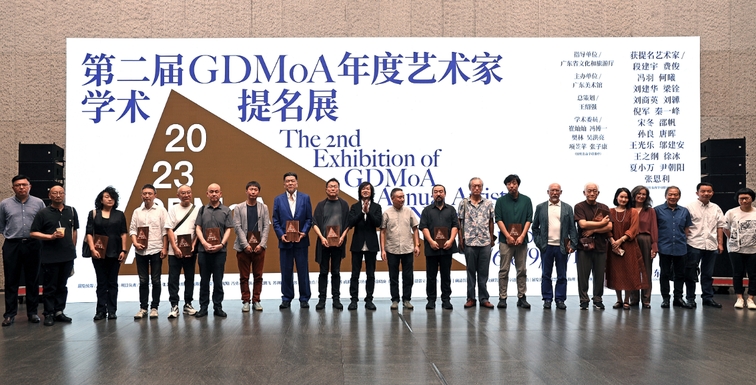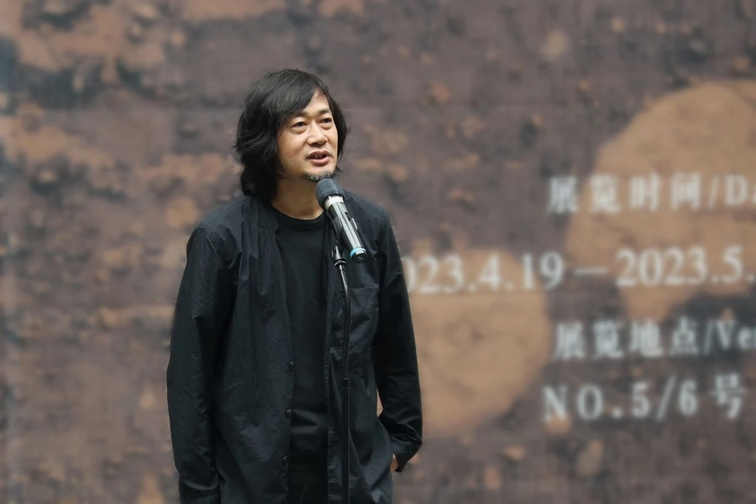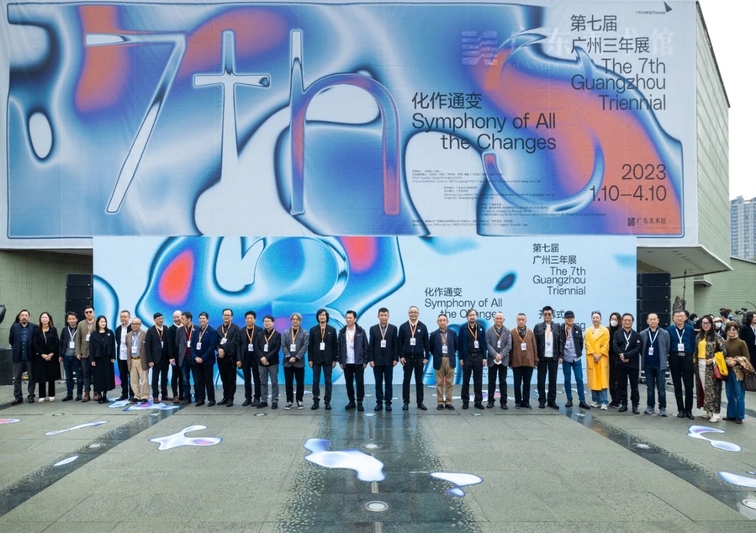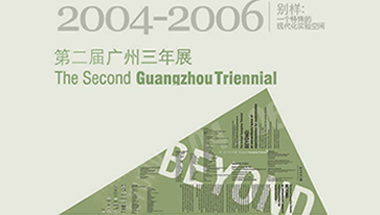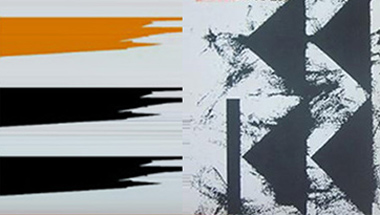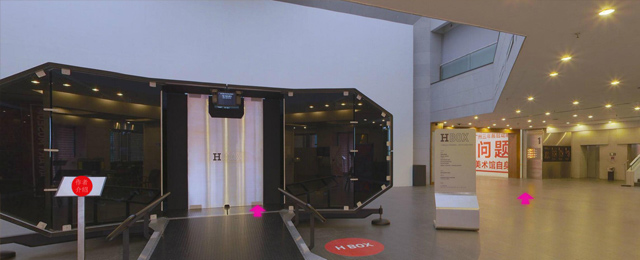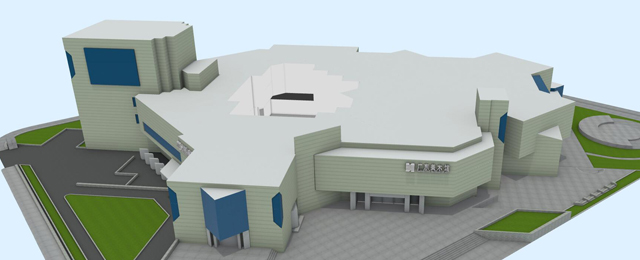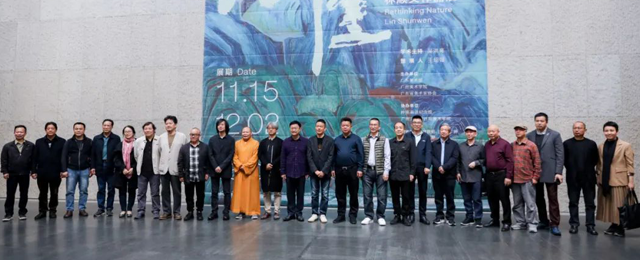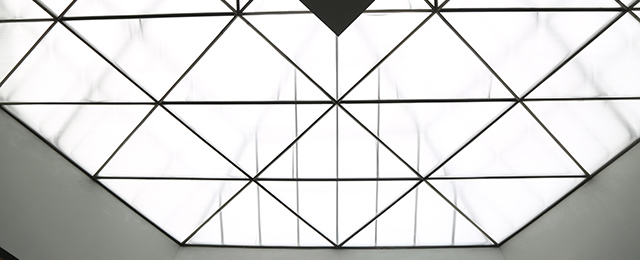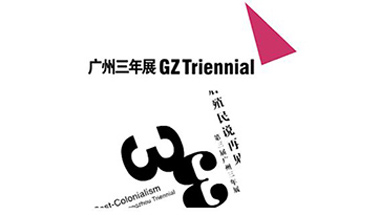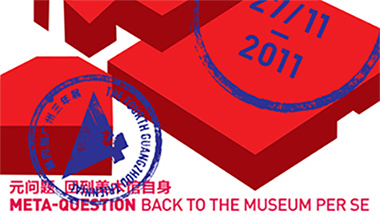前言
录入时间: 2014-06-03
一百多年前的1839年, 法国艺术家路易•达盖尔成功发明了摄影术, 从此在一个多世纪的时间里, 带着这种以时空切片攫取有限现实片段的新型视觉方法, 许许多多的法国人, 无论是以何种身份, 因何种缘由, 纷纷踏足、停驻或是走遍中国, 并通过他们的”第三只眼睛”见证式地记录了中国的变迁和发展。
德国思想家瓦尔特•本杰明1931年在《摄影小史》中说道,诉诸于照相机的自然不同于诉诸于眼睛的自然,它体现的由无意识织成的空间。正是这种无意识一边真切地构织着从晚清到当今法国人眼中的中国百态,一边诉说了法国对中国的百年情结。如19世纪末在云南述职的法国外交官方苏雅,在中国生活的十年时间里尽量将所见的一切摄入他的相机里,这些照片无意成为了亚洲最早完整记录一个地区社会概貌的纪实性图片;摄影家亨利•卡蒂埃-布列松捕捉的画面,通过力图最大限度地减少主观性,展现当下客观存在的“决定性瞬间”,细腻地讲述了中国建国时期的历史现状。
摄影作为世界性的语言,不附带任何文字说明,通过光、影、形、色来捕捉瞬间、记录当下、诉述故事、抒发情感。法国理论家罗兰•巴特指出摄影是一种过去和现在并存的特殊感情,被摄物曾近存在,但同时那个拍照的时空已经过去或改变。直呼北京为“我的都城”的维克多•谢阁兰,是20世纪初首批来中国的法国作家里少有的真正懂中文、通汉学的西方学者,他历时七个春秋的中国之旅不仅是外部的风景游历,更是中华民族内部的精神遨游。从1957年始先后曾二十多次踏入中国的摄影记者马克•吕布,用长达半个世纪的时间一直通过镜头观察并记录着中国的社会变迁和发展变化,五十年的关注和凝视代表了一种特殊的情感: “我非常热爱东方,远远超过我们的城市,或者我们成长的家乡...中国再也不是远东,它已经变成远西了。”
2014年是中法建立外交关系的50周年, 五十年来两国之间的交流和对话谱写了不少精彩的历史篇章, 作为“2014中法文化之春”其中一项重要活动, 此展览必将增进法两国文化和人民之间的相互交流和友谊, 感谢法国驻广州领事馆的合作支持,感谢策展人原法国蓬皮杜艺术中心摄影部主任阿兰•萨雅格先生策划了此次展览,祝愿“巴黎—北京,1844-2014:法国人镜头下的中国”一展圆满成功!
罗一平
广东美术馆馆长
More than a hundred year ago, French artist Louis Daguerre has invented the daguerreotype process of photography in 1839, from then on a large number of Frenchmen, bringing along this new type of visual form capable of seizing limited fragments of reality by slices of time and space, set foot in, stayed or traveled the length and breath of the country witnessing and recording the changes and development of China through their ‘Third Eye’.
German philosopher Walter Benjamin remarked in A Short History of Photography in 1931 that “it is another nature which speaks to the camera as compared to the eye...a space informed by human consciousness gives way to a space informed by the unconscious...”. It is the unconsciousness that tell the stories from the late Qing Dynasty to the present China in French eyes, as well as express French sentiments toward China of a century. For instance, working in Yunnan province in the late 19th century, French diplomat Auguste Francois photographed everything he saw as fully as possible, whose image record unintentionally became the earliest social profile of an area in Asia. Another example can be seen in Henri Cartier-Bresson’s photos, its minimization of subjectivity and revelation of ‘decisive moments’ of objectivity take the pulse and temperature of the history of China in founding period.
As an universal language without any words, photography captures moments, records the present, narrates stories and elicits emotions by light, shades, shapes and colors. French theorist Roland Barthes pointed out that photography is a special emotion that integrates the past with the present, in which the subject ever existed while the time and space of that shooting moment has passed and changed. Victor Segalen, who addressed Beijing as ‘my city’, is one of the few western scholars coming to China in the early 20th century that is truly understand Chinese and Sinology. His seven-year’s travel is not only a scenic tour in China but a spiritual journey into the Chinese nation. Marc Riboud, the renown photographer paying regular visits to China, twenty times at least from 1957, has been observing and recording the social changes and developments of China through lens for half a century. Such a long period of focus represents a particular emotion that can be seen from his words: I am emotionally attached to the East, more than my city or my hometown...China is no longer the Far East, she has become the Far West.
2014 is the year of the 50th anniversary of Sino-French diplomatic relations. Fifty-year’s communications and dialogues have written plenty of splendid chapters of our history. As one of the major events of Festival Croisements, a cultural festival celebrates Sino-French relations, this exhibition is bound to promote the communications and friendships between the two nations. We appreciate the cooperation and support of Consulat Général de France à Canton and curatorial work of the curator Alain Sayag, the former director of photographing department of Centre Georges Pompidou in France. May “Paris-Beijing, French Focus on China, 1844-2014” a complete success!
Luo Yiping
Director of Guangdong Museum of Art
策展人前言
1844年,英国人将鸦片输入广东,美国人拿着他们的圣经,而法国人则带来了银版照相技术。法国一直为自己能首先发明摄影技术,对世界作出贡献感到无比自豪。后来, 于勒•埃及尔成了第一位向身着红色纽扣官袍的满清官员介绍这项技术的法国人。
半个世纪后,摄影技术得到广泛普及,许多旅行者、外交官、传教士和军官都使用上了相机。方苏雅先生,在一个边远的小镇当了15年的总领事,在这期间,他拍摄了成百上千的作品,体现了他对“一个即将终结时代的开始”的关注。方济各会修士密歇尔∙德∙枚纳尔和作家谢阁兰则大大拓宽了纪实摄影的范围。
到了20世纪50年代,中国仍然是一个难以进入的国家。但是,有的杂志画报还是坚持把一些知名摄影师送到中国。亨利•卡蒂埃-布列松在1958年应《生活》杂志之约,来到中国。此外,马克•吕布本人、还有作为自由记者的费尔南•吉贡也经常往返于中国。
今天,很多在中国待过一段时间的摄影师都发表过相关的摄影作品。我们不得不在丰富的影像中选取一些作品,从带有主观视角的黑白纪实影像到彩色现代建筑摄影,从一些人物摆拍图片到旅行影像,从深奥的学术研究到自发随意的探索。这一切都是为了诠释法国人心中挥之不去的中国情结。
阿兰•萨雅格
策展人
Préface
En 1844 à Canton, les Anglais débarquent avec leurs ballots d'opium, les Américains avec leurs bibles etles Français avec le daguerréotype. La France pouvait s'enorgueillir d'avoir, peu auparavant fait "don de ce procédé nouveau au monde".
Un demi-siècle plus tard, les techniques se simplifient, mettant la photographie à la portée de bien des voyageurs, diplomates, officiers, missionnaires. Auguste François, consul durant quinze ans, réalise des milliers de clichés qui dénotent une attention minutieuse pour une société dont il pressent la fin. Le franciscain Michel de Maynard ou l’écrivain Victor Segalen eux, élargissent le champ de la photographie documentaire.
Dans les années cinquante, la Chine demeure toujours un pays difficilement accessible. Les magazines illustrés demandent à des photographes renommés de se rendre en Chine. Henri Cartier-Bresson y voyage en 1958 à l'initiative de Life. Marc Riboud s'y rendra lui à plusieurs reprises, tout comme le journaliste indépendant Fernand Gigon.
Aujourd’hui, peu nombreux sont ceux qui n’ont pas fait le voyage en chine sans publier quelques images, du reportage subjectif en noir et blanc aux images monumentales en couleur, en passant par la mise en scène et le récit de voyage, toutes ces images traduisent la fascination exercée par la Chine dans l’imaginaire des Français.
Alain Sayag
Commissaire
Preface
In 1844, the British landed in Canton with their bundles of opium, Americans with their bibles and French with the daguerreotype. France could boast of having previously made "gift of this new method to the world".
Half a century later, photographic process is simplified and its practice becomes easier for travelers, officers, diplomats or missionaries. Auguste François, consul for fifteen years, took thousands of photographs that show a careful attention to a society "at the beginning of its end”. In a different way, Franciscan friar Michel de Maynard or writer Victor Segalen transmute documentary photography.
In the fifties, China remains a country difficult to access. Illustrated magazines anyway send renowned photographers to make images of the “new China”. Henri Cartier- Bresson traveled there in 1958 at the initiative of Life. Marc Riboud will go there himself repeatedly as well as Fernand Gigon, a freelance journalist.
Today, few are those who have not traveled in China and published some pictures. Here are some examples juxtaposing black and white subjective reportage to large format color images, opposing poetic staged images to spontaneous and casual looks. They translate into images a fascination for China which is still looming in French minds.
Alain Sayag
Curator
开放时间:每周二至周日9:00-17:00(逢周一闭馆)
每日16:30停止入场
地址:广东省广州市越秀区二沙岛烟雨路38号
咨询电话:020-87351468
预约观展:
-
近日,“广东美术百年大展”岭南文化名家大讲堂首讲在广东美术馆新馆举行。 ...

